Money, or to be more precise, the pursuit of wealth and prosperity drives almost everything people and societies do. What do you know about money? Do you know how it works in the world? What do you know about pursuing wealth and prosperity? The answers to these questions depend very much on whether you are financially literate.
Financial literacy is the ability to understand how money works in the world. There are many aspects to financial literacy, including understanding personal finance and money management, like how to get a car loan or balance a checking account. However, being 21st century financially literate increasingly requires a level of knowledge about global commerce, business, and innovation
Chapter One Topic
- Commerce vs. business
- Defining financial literacy
- Inflation
- Economic indicators
- Consumers and consumerism
- The Consumer Price Index.
Chapter One Objectives
- Compare business and commerce.
- Identify examples of commercial activity as local, domestic, or global.
- List the elements of global commerce.
- Explain the relationship of the consumer to commerce.
- Summarize economic indicators GDP, CCI and CPI.
Activity Binder
Click here to view and download the Chapter 1 Activity Binder
What Does That Mean? e-flashcards
Chapter 1 has 16 personal finance and money management vocabulary terms.
Financial literacy
Commerce
Economics
System of commerce
Business
Consumer
Local commerce
Domestic commerce
Global commerce
SME
Multinational company
Trade balance
Economic indicators
Gross Domestic Product
Inflation
E-commerce
Links to Instructional Resources
Commerce News (YouTube channel)
Learning Markets; Why Consumer Confidence Reports Matter (3:25 minute video)
Investopedia “The Consumer Price Index” (1:49 minute video)
Investopedia “What is Inflation?” (1:09 minute video)
